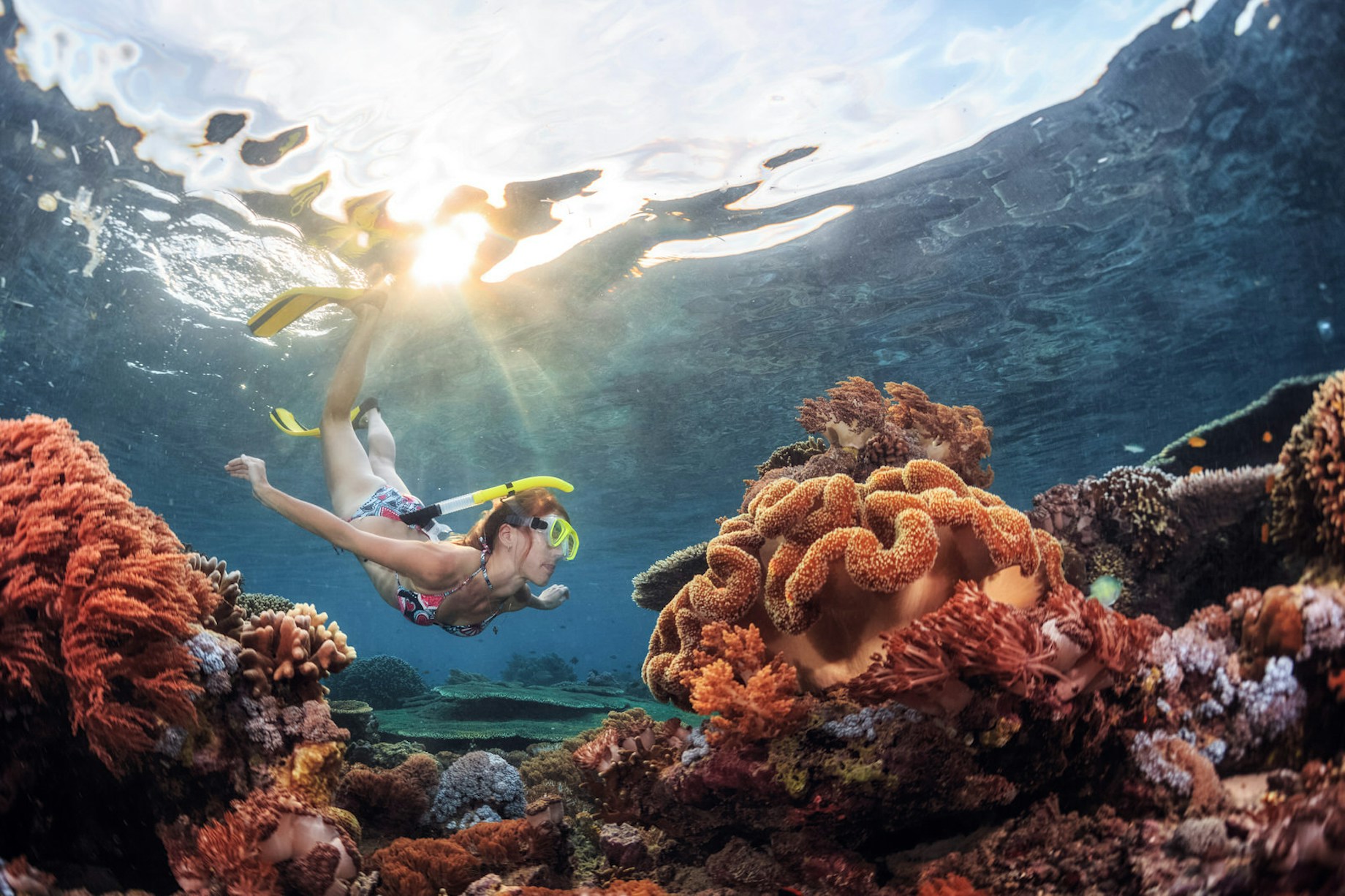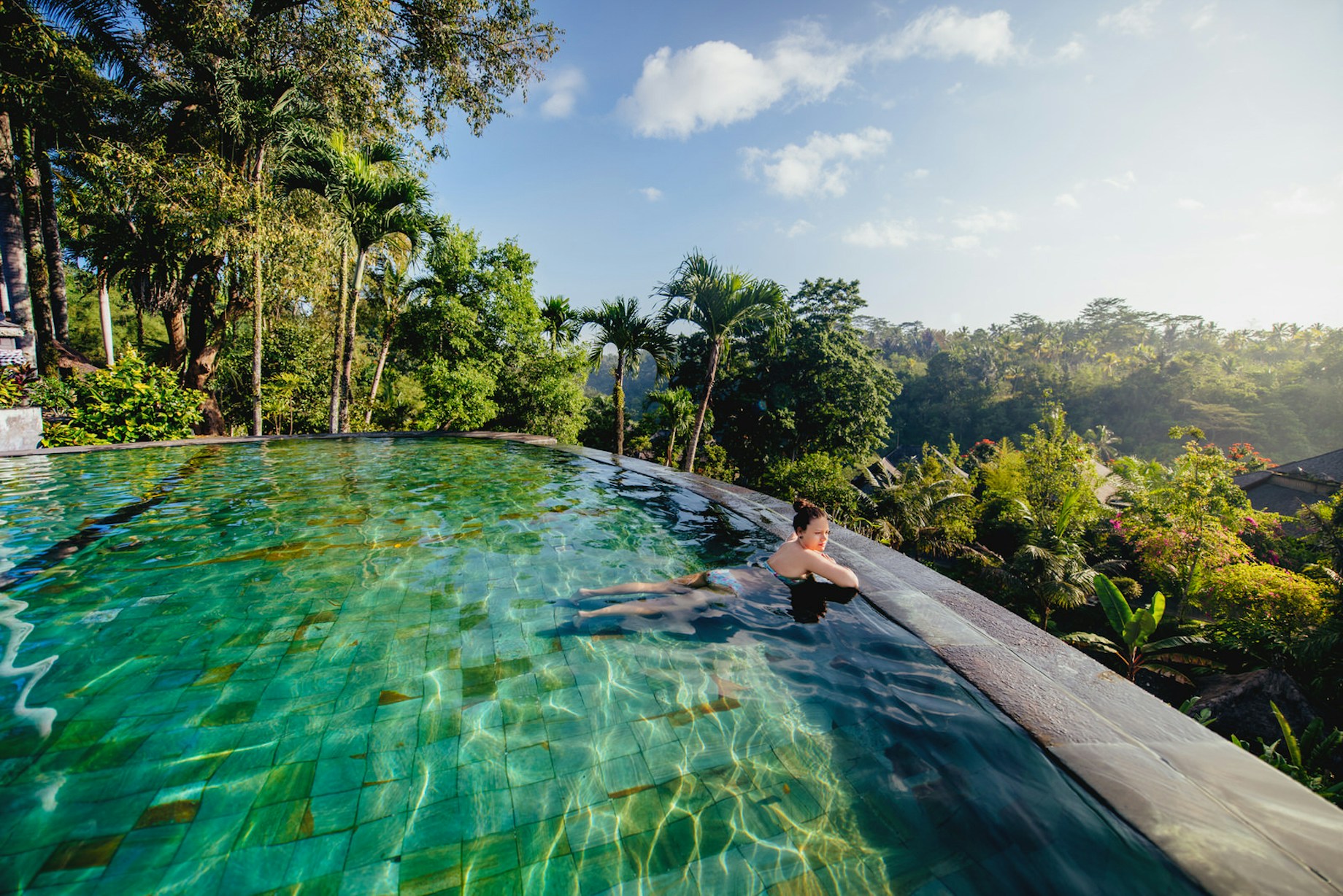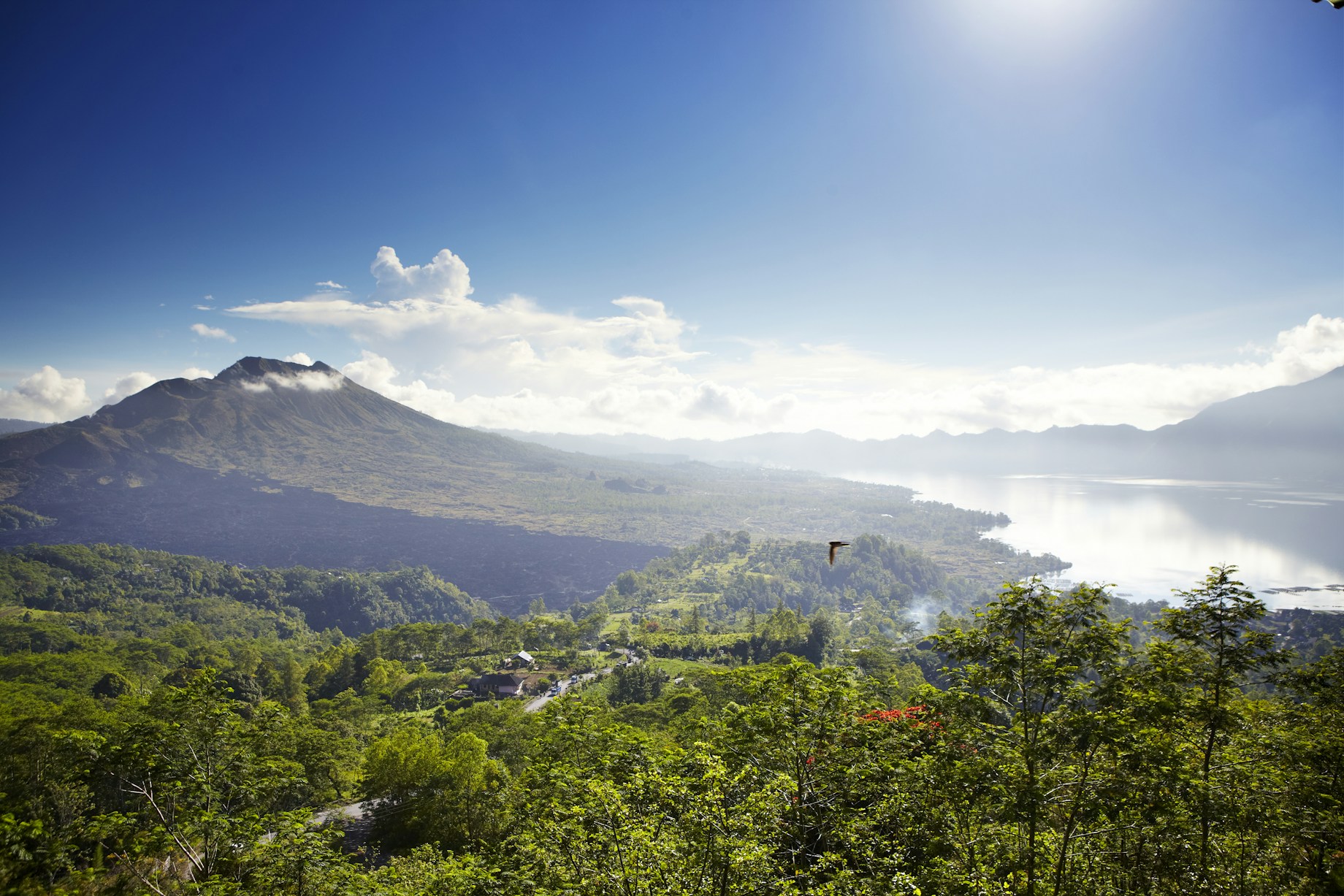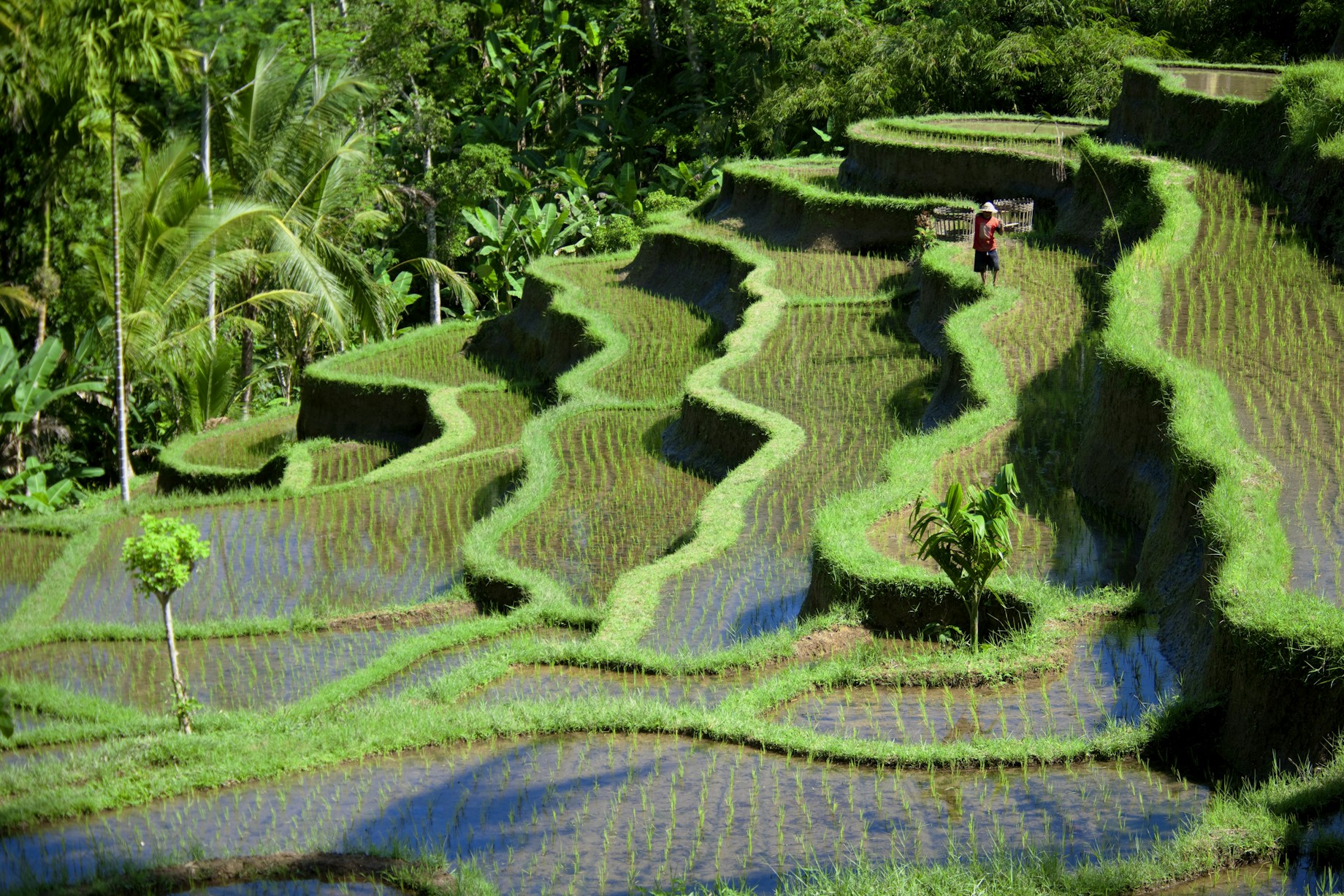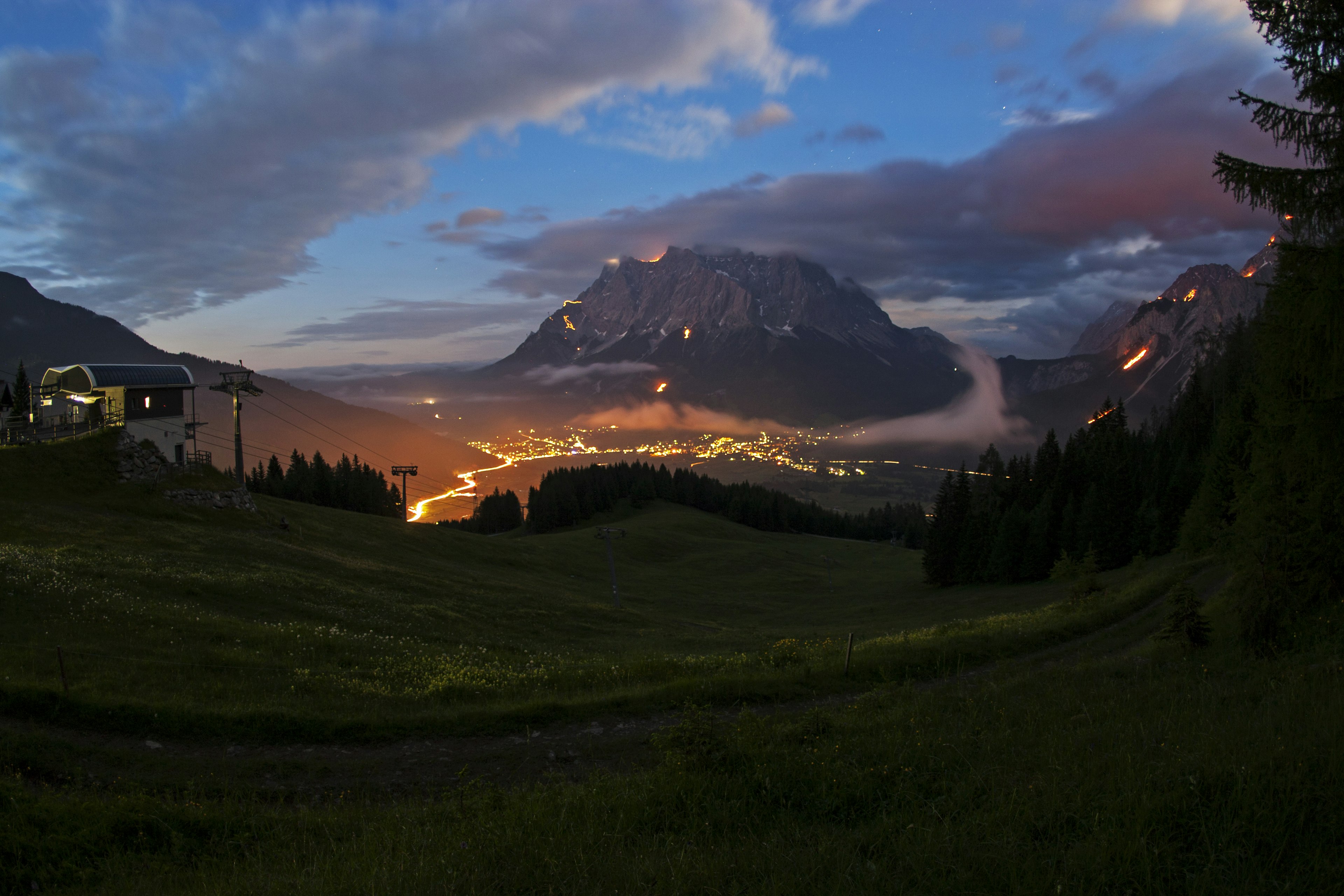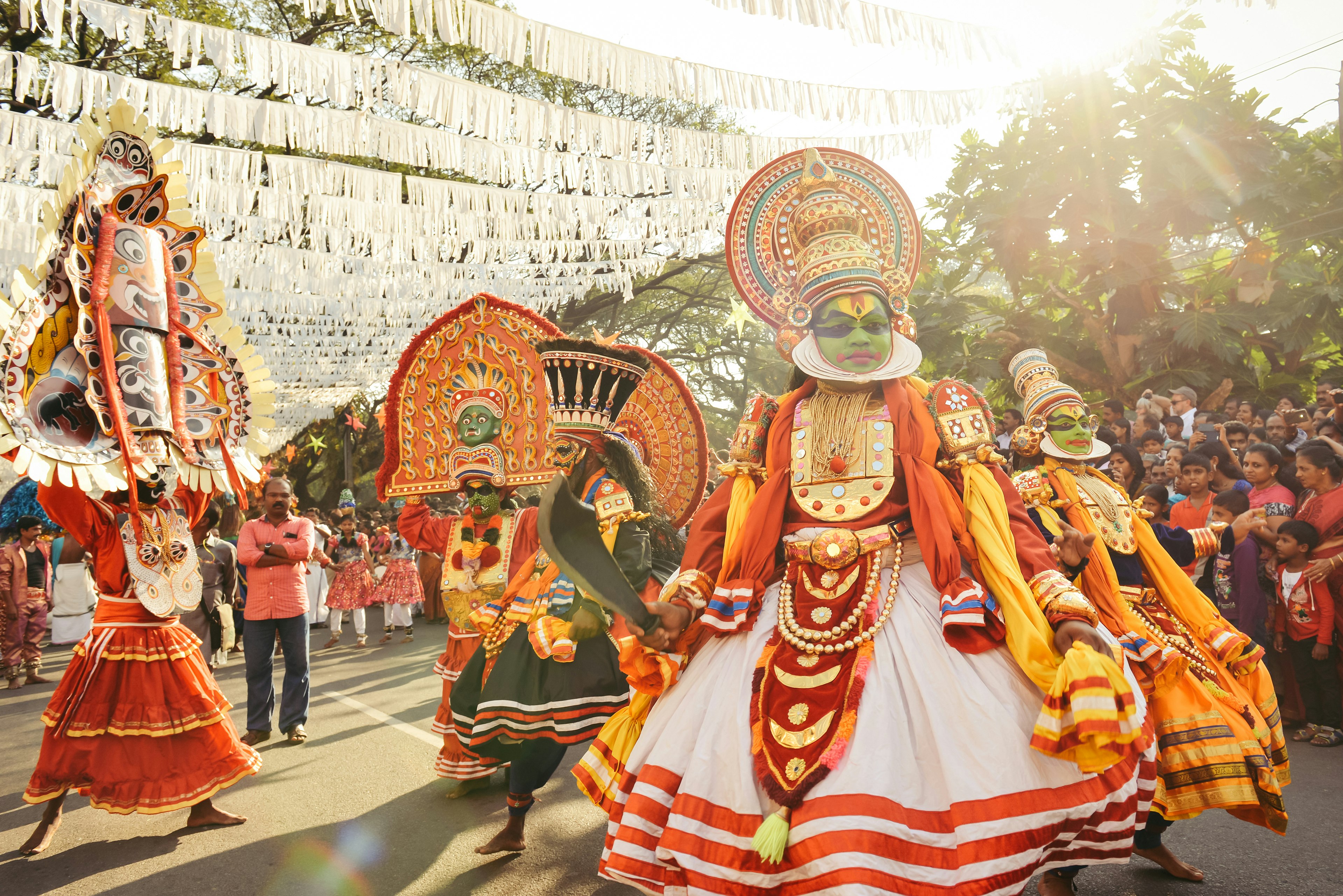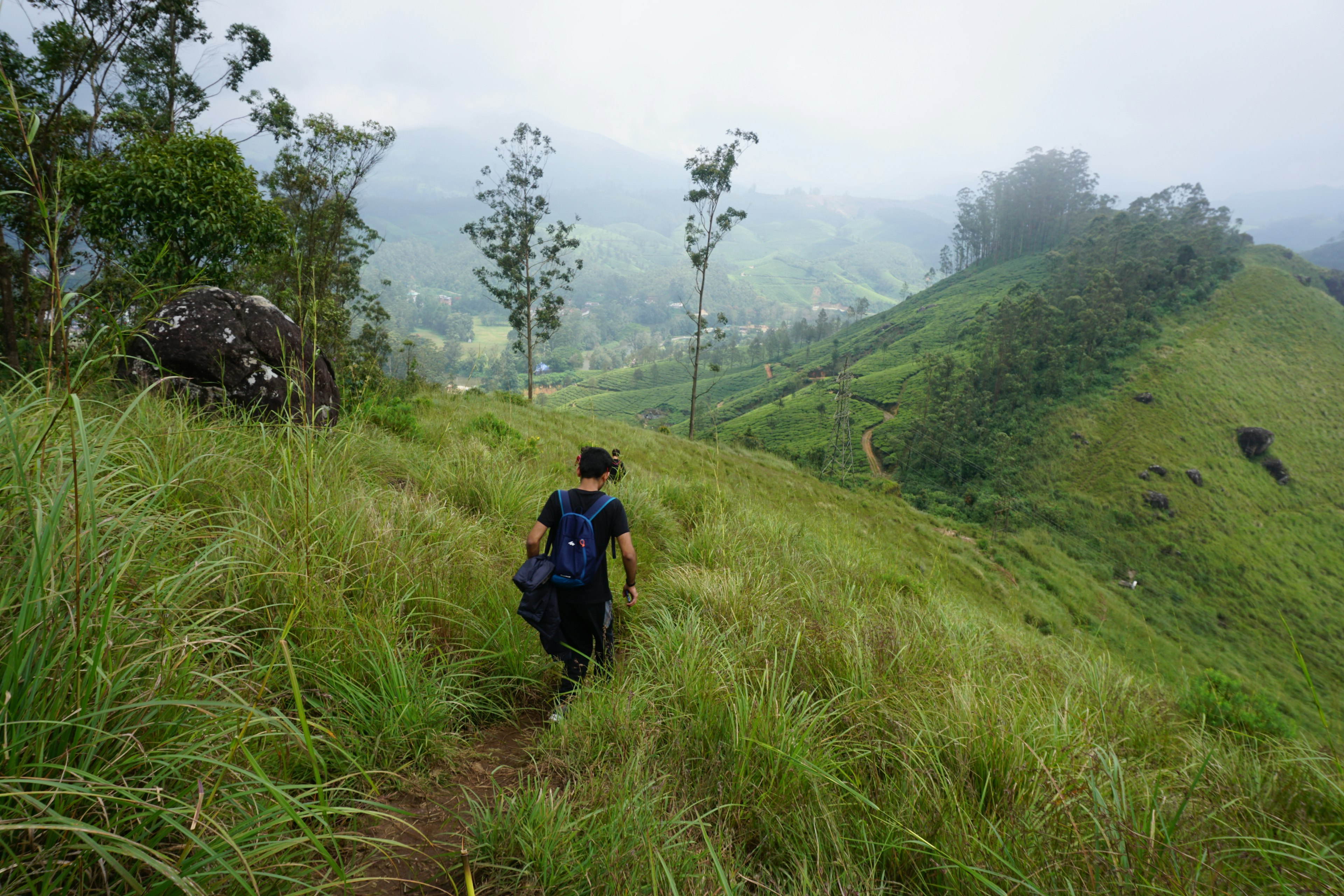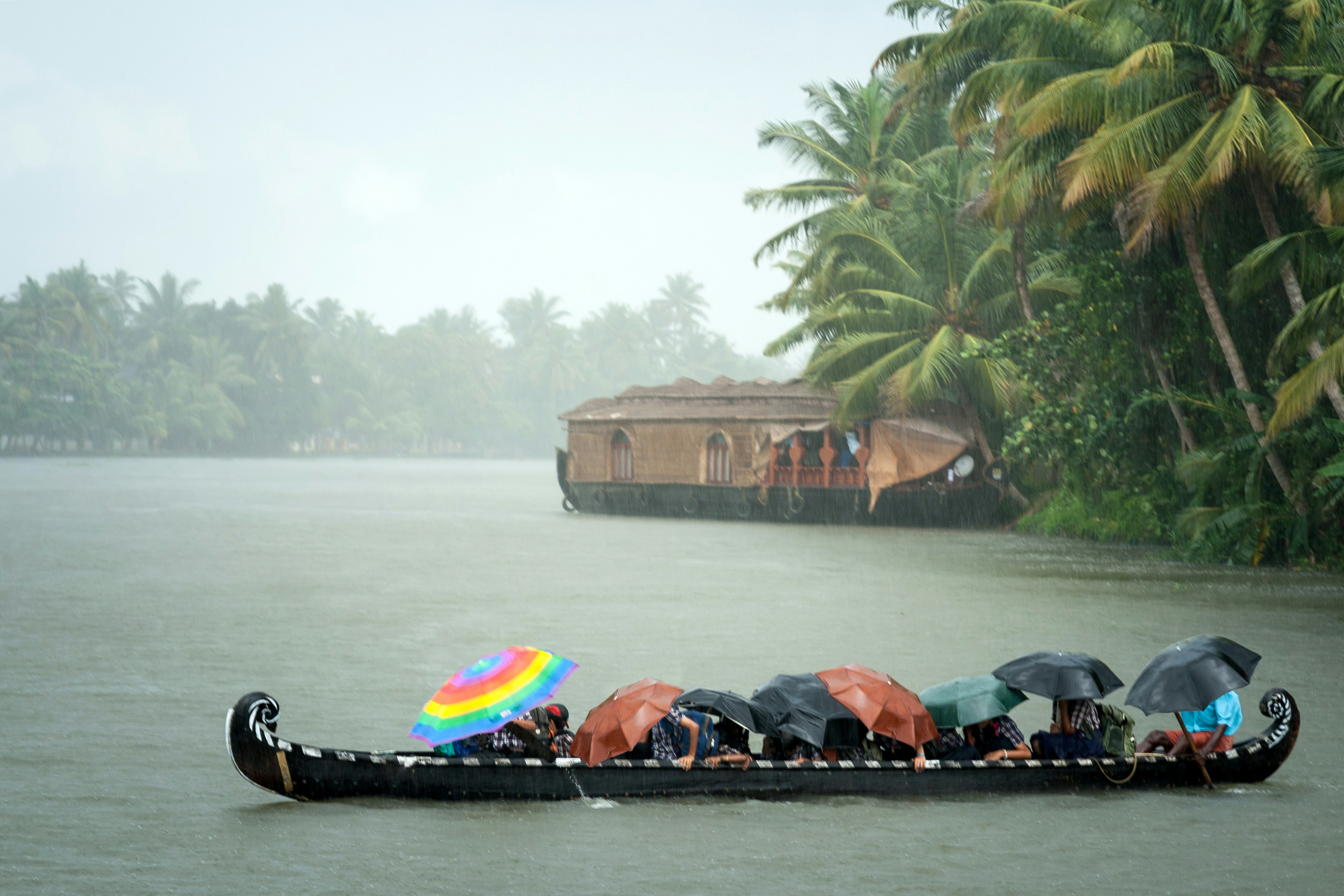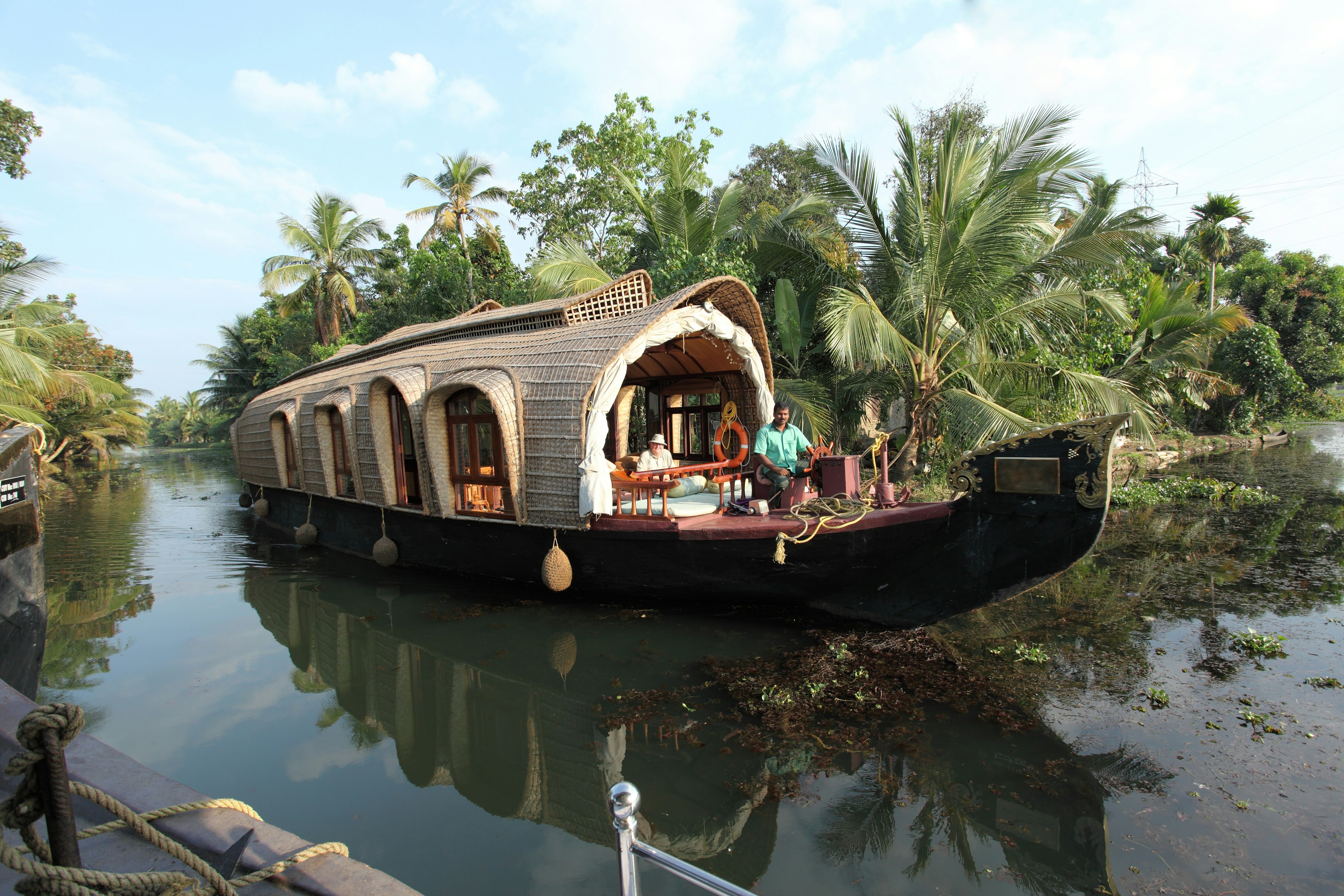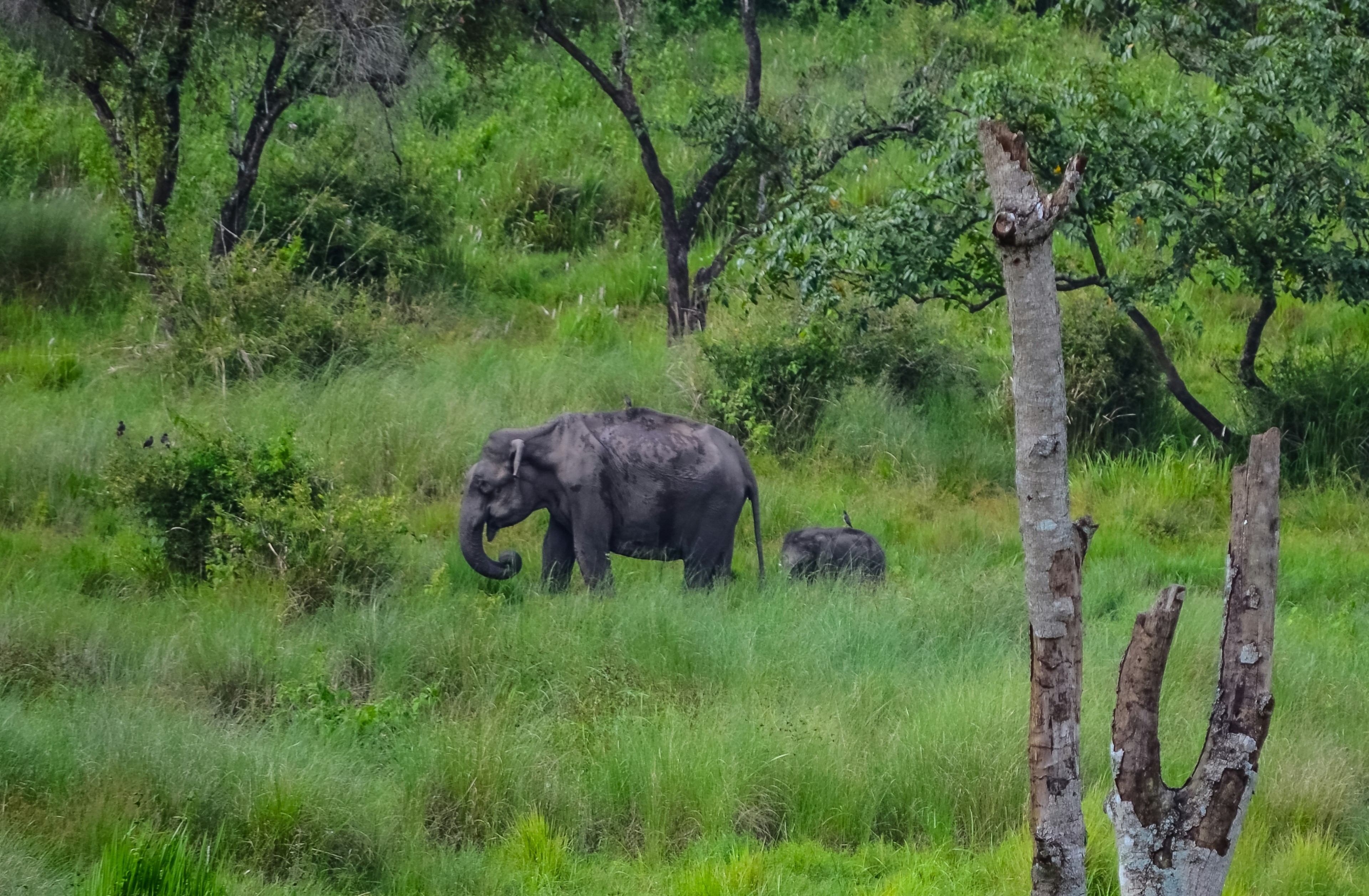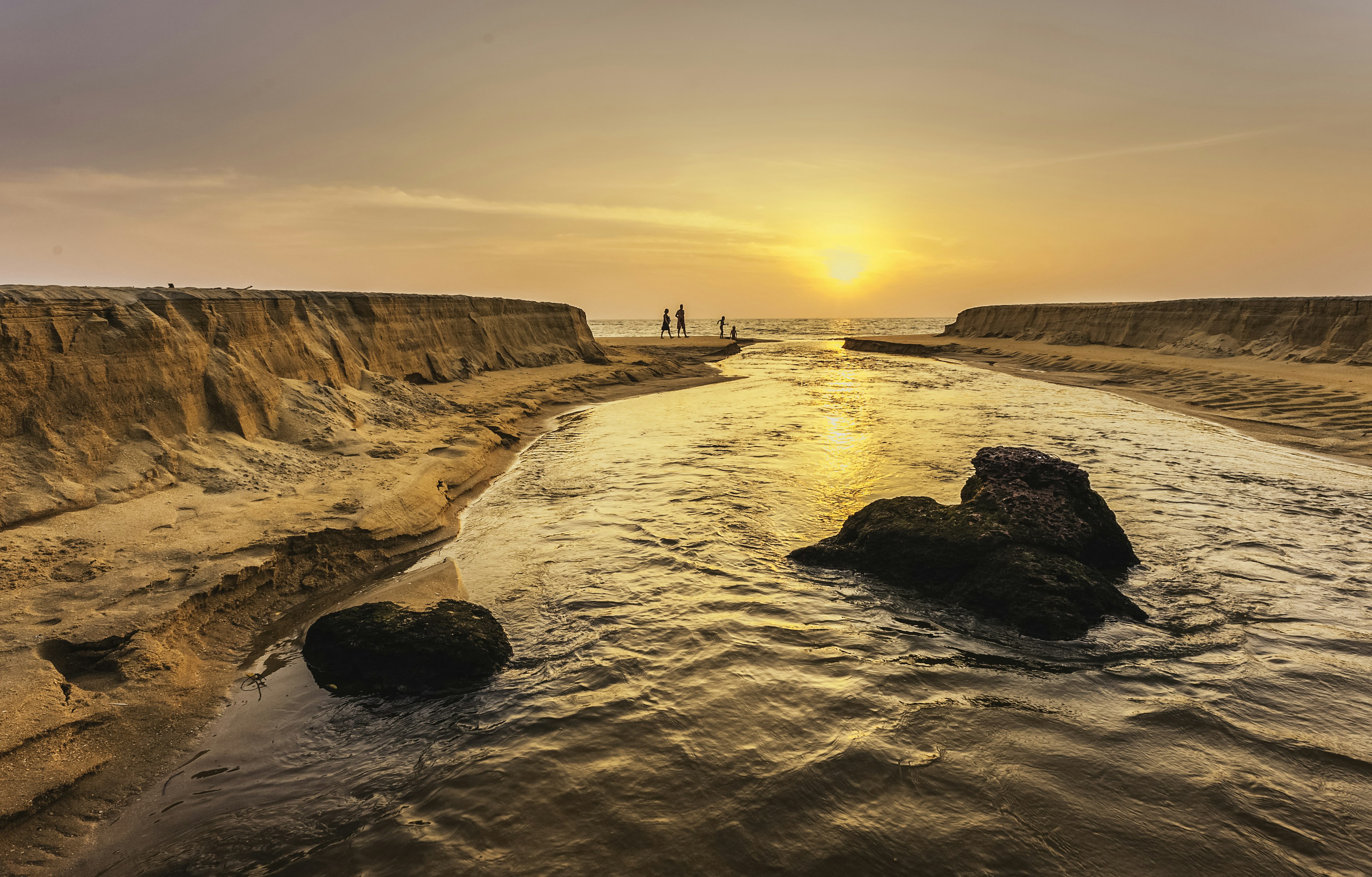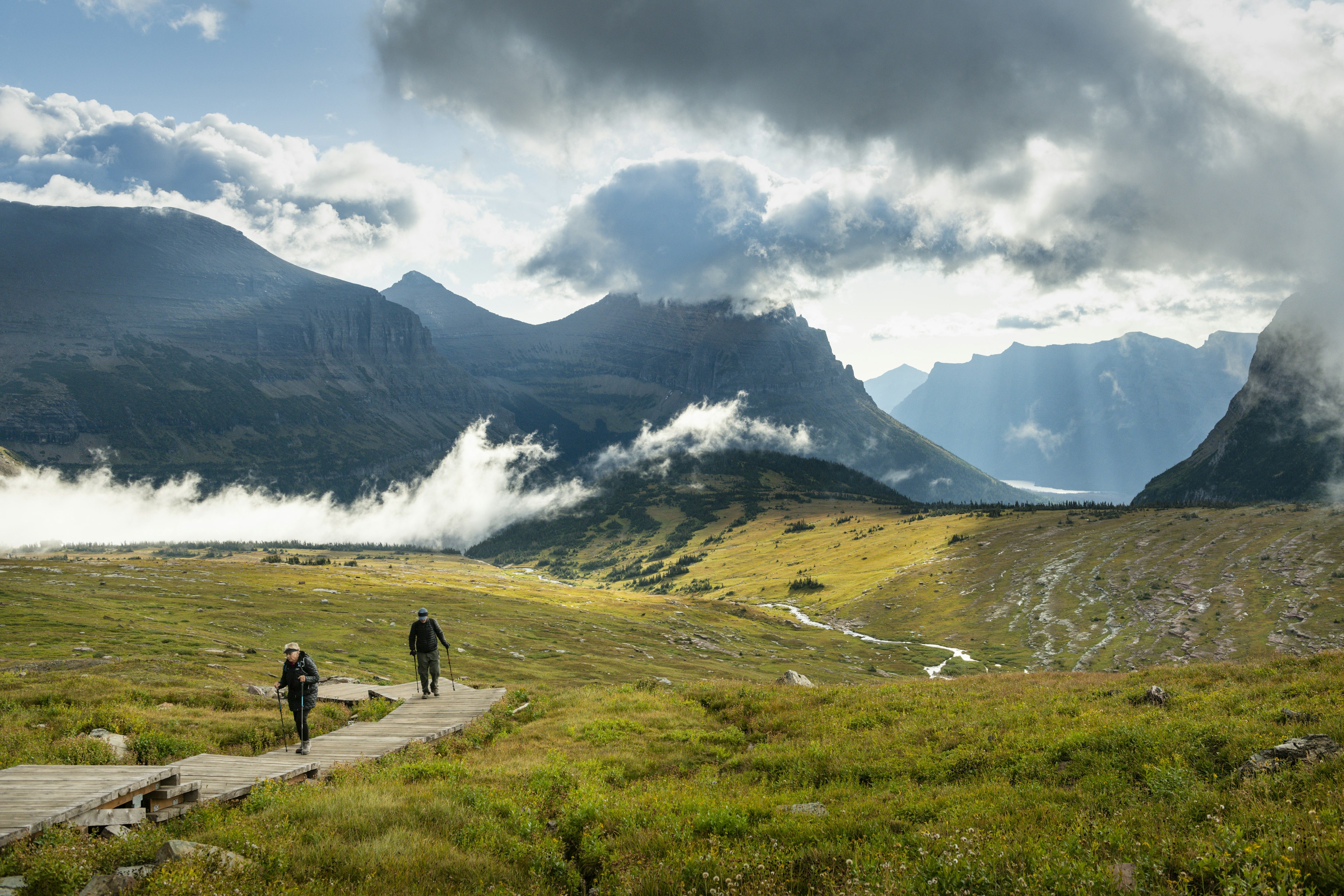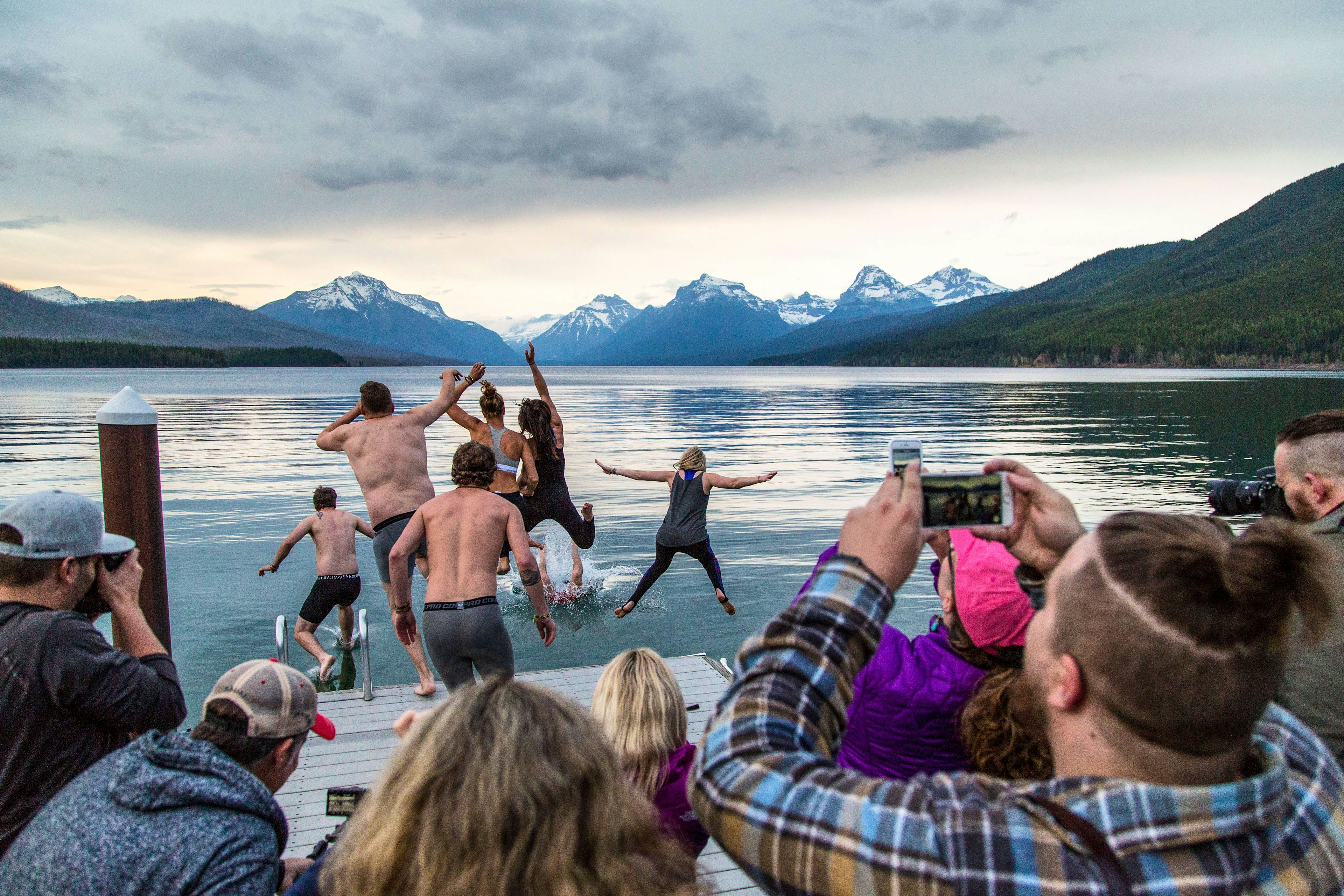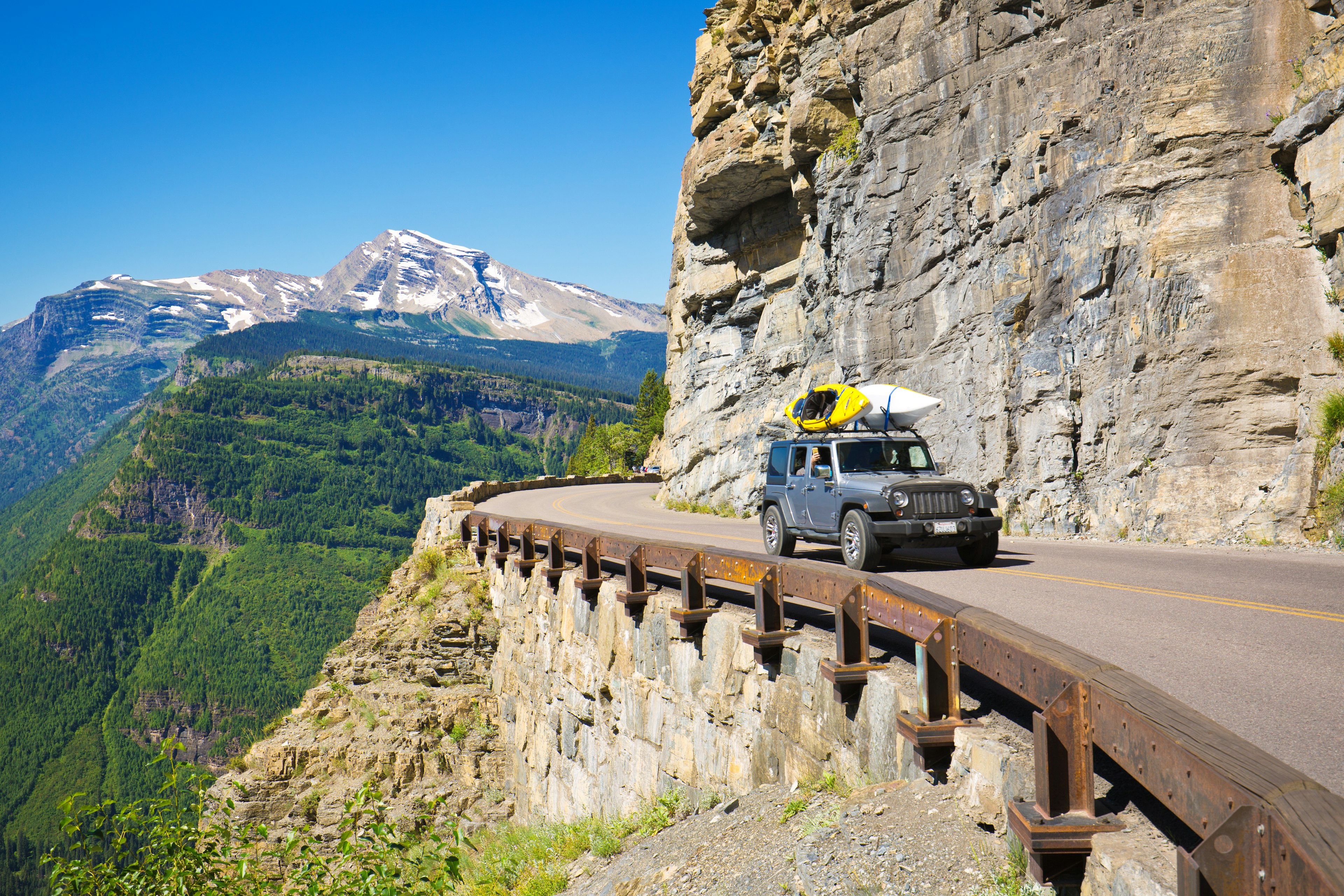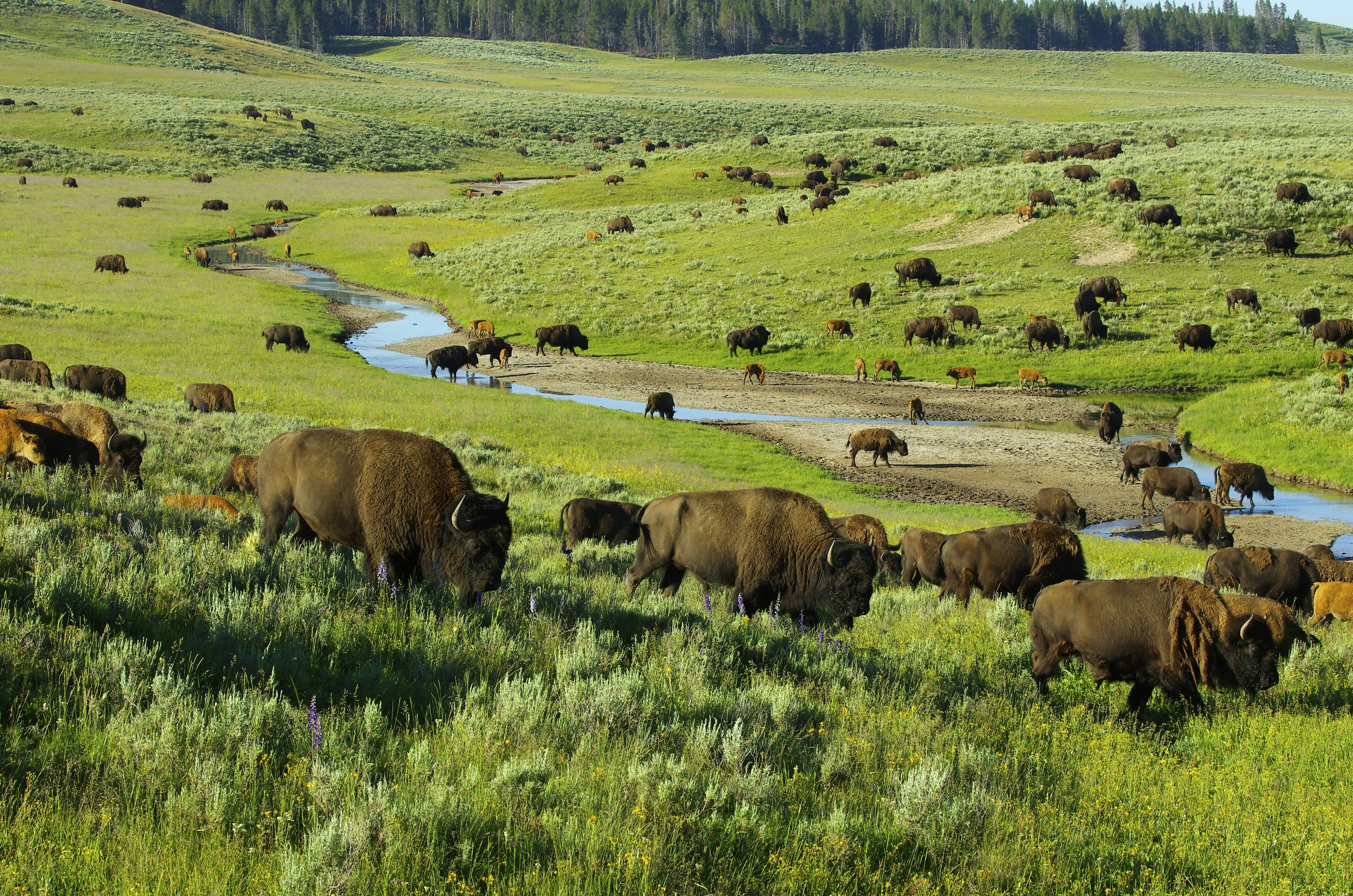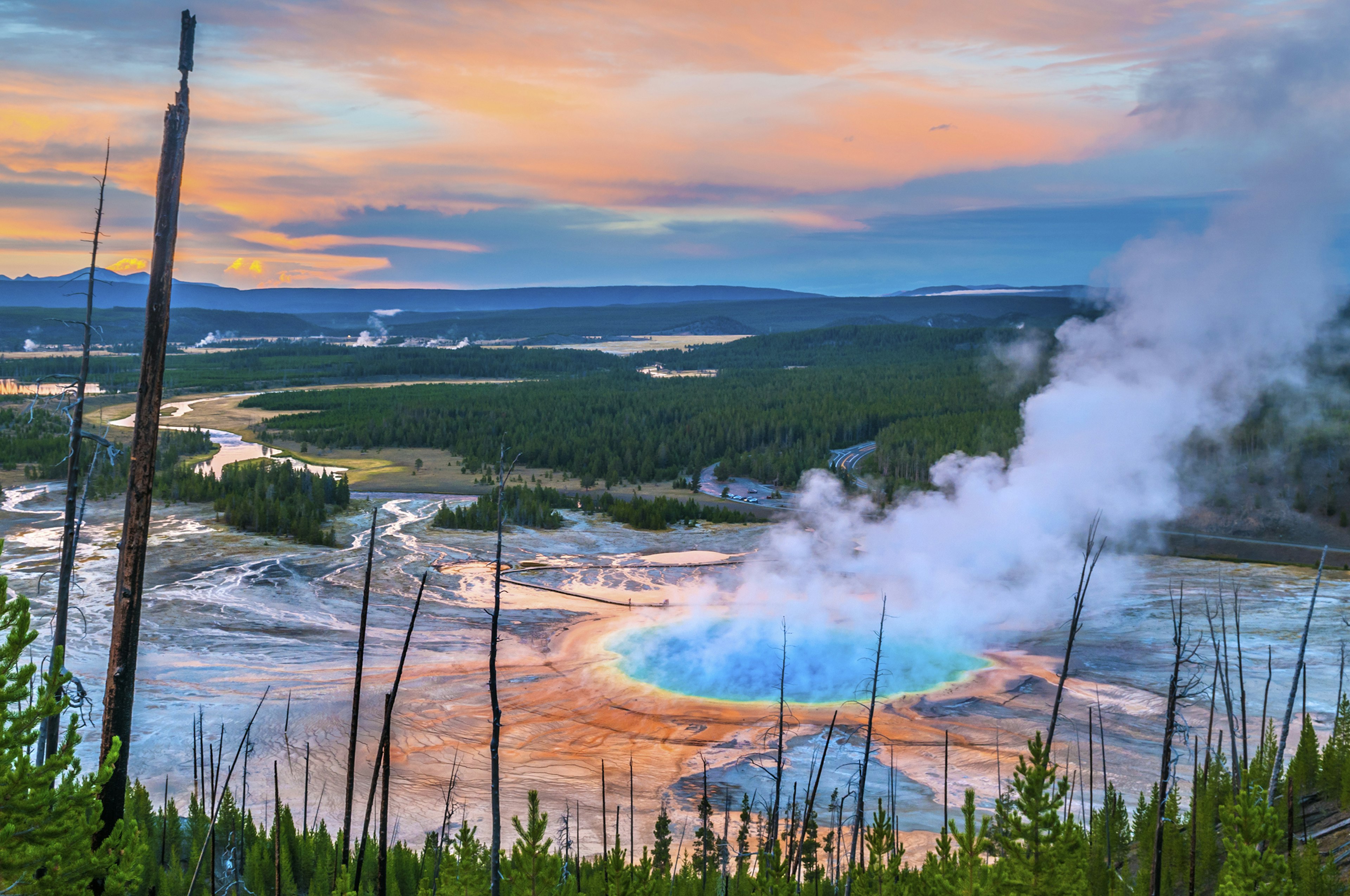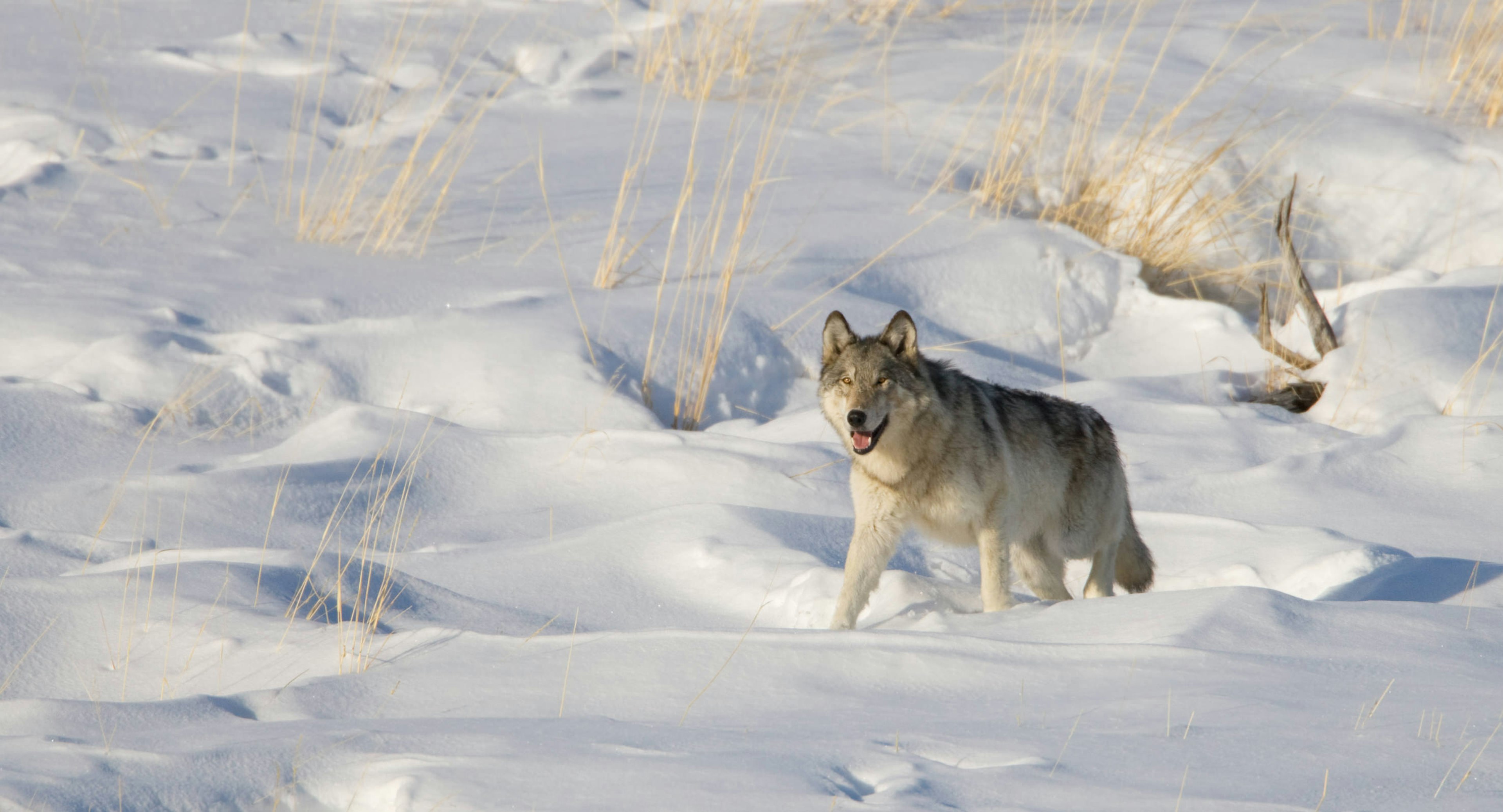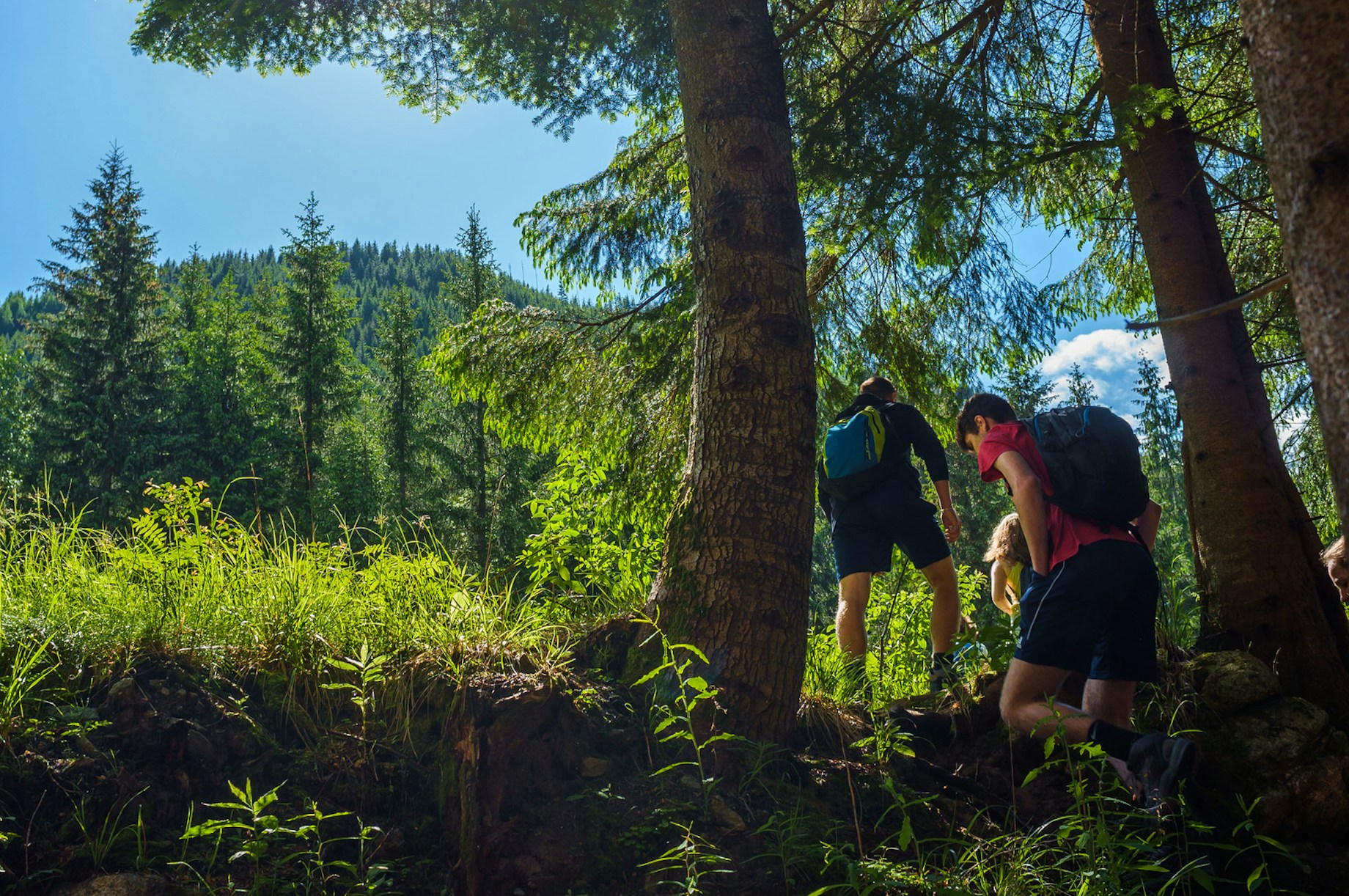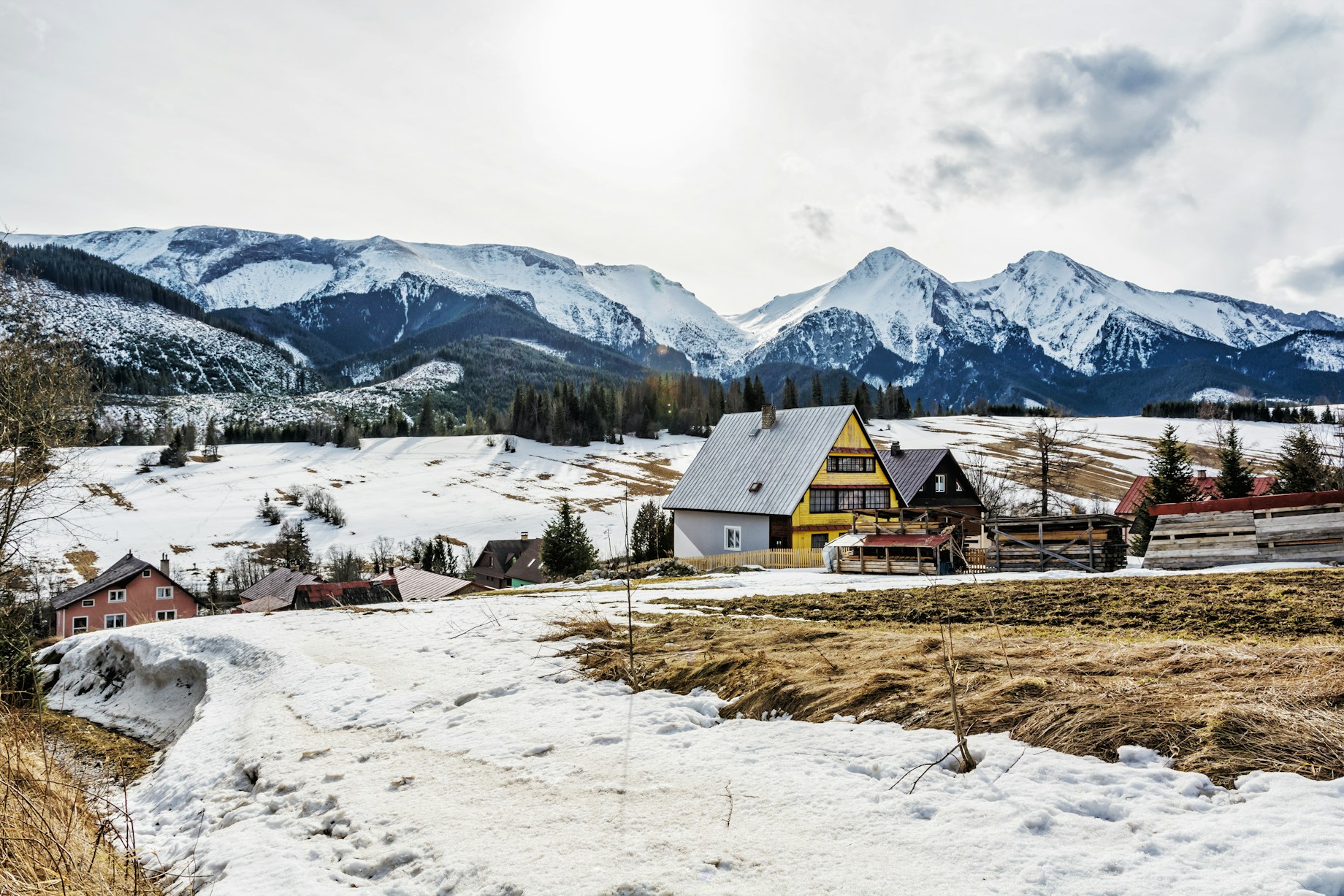If it’s your first time in Scotland, you’ll most likely choose to land in Edinburgh and work your way north to the Highlands, maybe over to St Andrews, then perhaps up to otherworldly northern isles like Skye. Southern Scotland literally lives in the Scottish Highlands’ shadow.
But the dramatic sea cliffs, rolling countryside and star-speckled skies this country is known for also reign supreme in the south – not to mention the region’s accessibility to Scotland’s two biggest cities, Glasgow and Edinburgh. If your arrow is pulling you in the opposite direction from most tourists, follow this five-day road trip itinerary exploring the underdog half’s highlights.

When to arrive: Fly into Glasgow the night (or day, if you need more time like me) before you want your Scottish adventure to officially begin, giving yourself a jet lag adjustment period depending on where you’re coming from.
How to get into Glasgow from the airport: It takes 20-30 minutes to get into Glasgow from Glasgow Airport. You can board the Glasgow Airport Express at the main terminal – a shuttle (£10.50 per adult) that will take you directly to Buchanan St Station in the city center. There are also taxis waiting outside, which will set you back £30-40.
Getting around: In Glasgow, you can rely on public transportation. If you’re basing yourself in the city center, most major sites are very walkable or bus-friendly. Take the Subway (nicknamed “the Clockwork Orange” due to its color and circular route shape) to get between the center and the West End. For the rest of this trip, your own set of wheels is a must (it is a road trip, after all!). If you are traveling with a group, Rabbie’s organizes fabulous tours, including custom itineraries.
What to pack: Just like onions and ogres, an appropriate outfit in Scotland has layers. Sweaters, a jacket, a warm hat and shoes that work for indoor and outdoor activities are musts. Also, bring sunglasses and sunscreen – yes, even in Scotland! The south typically gets more pleasant weather, especially in the high and shoulder seasons.

Day 1: Get to know Glasgow
Vibes: Scotland’s biggest, grittiest and most underrated city.
Do: Start your day at Kelvingrove Art Gallery and Museum and explore its extensive galleries, with works ranging from Rembrandts to Viking-era carved stones. Then take a stroll around the adjacent Kelvingrove Park, wandering over to the University of Glasgow – its Gothic architecture bears a striking resemblance to Hogwarts. Once you’ve finished lunch (see below), head east to Glasgow Cathedral and wander the hilly Necropolis behind it. From the top, you’ll discover fantastic views of the entire city.
Eat: Mackintosh at the Willow is the last remaining tea room in Glasgow designed by Charles Rennie Mackintosh, serving tea to all classes of folks since 1903. You can book a guided tour and visit the museum next door to learn its story before sitting down for afternoon tea with all the trimmings. There are other Willow tea rooms across the city, but you’ll find the original real deal on Sauchiehall St. For dinner, Mharsanta’s modern Scottish menu is a cozy choice.
Stay: Since you’re only here for one day, maximize your time getting from place to place and stay in the city center. The Address just opened in 2024 and is a stylish, ideally located and relatively affordable option.

Day 2: Go castle-hopping around Fife
Vibes: Travel back to the height of Scottish clan history.
The drive: This day trip follows a loop that starts and ends in Glasgow (though you could technically wrap up the day in Edinburgh if you prefer). Head out early, as you’ll want to linger at each stop, getting lost in the many rooms and stories (literal and figurative)of every castle. It’s around a 30 to 50-minute drive between stops.
Do: Today’s adventure is not only historic but also cinematic – each stop also features filming locations from popular movies and shows like Outlander, Outlaw King, Monty Python and more. Note that you will need to pay for a ticket at each castle, around £5-10 each.
First, head to Doune Castle, whose exterior you may recognize from that Trojan Rabbit scene in Monty Python and the Holy Grail. Opt into the listening guide, as you’ll gain far more insight as you wander the property. Next, head to the adorable village of Falkland, featured in the opening scene of Outlander and also where you’ll find Falkland Castle, a country residence of the Stuart monarchs.
Grab lunch in Falkland (see below), and continue to Midhope Castle (Outlander fans, you’ll recognize this one). While the structure is not currently stable enough to enter, guests may roam around outside. Exciting plans are also in place to build a distillery on the property.

Next up, Blackness Castle, which for much of its history served as a prison (a posh prison at that – the views from the top are extraordinary). Wrap up the day in Culross, a former royal burgh with peaceful, cobblestone streets, colorful homes with red-tile roofs and romantic passageways to get lost in. Pop into Culross Palace for a tour to keep up the royal theme.
Eat: Stay for lunch in Falkland at Campbell’s House. After a day of driving, snag a reservation at The Gannet for a much-deserved meal of fine Scottish dining.
Stay: Head back to your Glasgow accommodation to rest up before your journey to Loch Lomond tomorrow.

Day 3: Frolic around Loch Lomond
Vibes: Glorious nature and freshwater adventures.
The drive: It’s a 45-minute to Loch Lomond from Glasgow’s center, but don’t forget to factor in more time if you’re staying on the northern end of the lake.
Do: Kayak, paddleboard, hike – revel in the lake’s natural beauty! Then look for lake monsters on a boat ride – either a fancy champagne cruise, or take the ferry to Inchmurrin, which has a singular bar and inn.
Eat: Enjoy an Italian lunch while you watch the marina traffic on the water at La Vista at Cameron House. For dinner, head to Clachan Inn, the country’s oldest licensed pub, for classically hearty Scottish dishes.
Stay: Cameron House is peak lakeside luxury, through which you can also book plenty of fabulous experiences, like seaplane excursions, lake cruises, 4×4 adventures and more. Nearby, Duck Bay Hotel is a great mid-range waterfront option. And if you really want to embrace the lake culture, camp shoreside at Sallochy Campsite.

Day 4: Explore Ayrshire and stargaze in Galloway Forest Park
Vibes: Lovely seaside drives, emerald golf courses and quiet, magical skies.
The drive: Hug the coast of Ayrshire (A77) on this seaside drive. Stop in Troon for lunch (see below), and then head southeast to Dumfries and Galloway.
Do: After a teary farewell to Loch Lomond, drive an hour south to Dean Castle Country Park, which is completely free to enter, including its gorgeous namesake castle. Stretch your legs on one of the marked trails before hitting the road again for one of the most scenic views of the entire trip along A77, where you can look out across the Firth of Clyde. Take a break in Troon, famous among golf lovers and a frequent host of the British Open (most recently in 2024).

Continue driving and stop in the seaside village of Dunure, where you can walk to its clifftop medieval castle, stroll the pebbly beach beneath and admire the pretty harbor. After you’ve gotten your fill of sea breezes and sunshine, head to Galloway Forest Park, the first Dark Sky Park in the UK, for some epic stargazing – thousands upon thousands of stars! Better yet, book an excursion with a Freelance Dark Sky Ranger, like Elizabeth Tindal, for further insight on constellations, planets and anything else you might catch whizzing across the night sky.
Eat: In Dunure, grab a bite to eat at Harbourside… and eat it harborside. Or stop at Marine Troon for a superb meal at one of the hotel’s restaurants: The Rabbit or The Seal Bar (the latter is more casual).
Stay: We are in a national forest, so it only seems fitting to go glamping just outside the park at the Dumfries & Galloway Conifer Lodges – hot tub and modern kitchen appliances included.

Day 5: Meander through the Scottish Borders and end in North Berwick
Vibes: Unfurling mountains, stately manors and a peaceful seaside town.
The drive: This is the longest driving stretch of the trip – about 2.5 hours via ultra-scenic A708 – but the destination, Traquair House, is well worth the drive. After that, it’s a little over an hour’s journey to North Berwick.
Do: Drive through the Scottish Borders, with some incredible sightseeing outside your window; if you came to Scotland wanting to see sheep, get ready. Grazing sheep, sleeping sheep, playing sheep, climbing sheep who have scrambled so high up you can hardly make them out – they’re truly everywhere along this stretch, which is often described as one of the most scenic places in Scotland. If you need a driving break, stop off to hike to the dramatic 60-ft Grey Mare’s Tale Waterfall. The full hike is about 3 miles, but the first viewpoint is a short walk from the parking lot.
Spend a couple of hours exploring the grounds of Traquair House, Scotland’s oldest inhabited house. Here, you’ll also find actual items that belonged to Mary Queen of Scots, as well as a Saltburn-esque maze in the backyard. After lunch on the property, hop back into the car for the final leg of your trip to East Lothian in North Berwick. Take a slight detour to Seacliff Beach to watch the sunset before heading to dinner.

Eat: Have a traditional Scottish breakfast sandwich on a traditional Scottish “bap” (or roll) from The Riverbank, conveniently located a few minutes from the Conifer Lodges. At lunchtime, enjoy a sandwich or soup of the day from the Old Walled Garden Café at Traquair House before embarking on the final leg of your drive. Cap off the day with a fine Italian dinner at The Lawn, the restaurant at Marine North Berwick.
Stay: Table to bed, anyone? Rest your head on your final night at Marine North Berwick, perched on the sea and easily accessible to East Lothian’s 21 golf courses, including the smaller seaside Wee Course in the hotel’s backyard. The rooms are decorated with cozy and nautical details, like velvet beds, woodland-inspired wallpaper and bedside tables resembling beach lockers.



